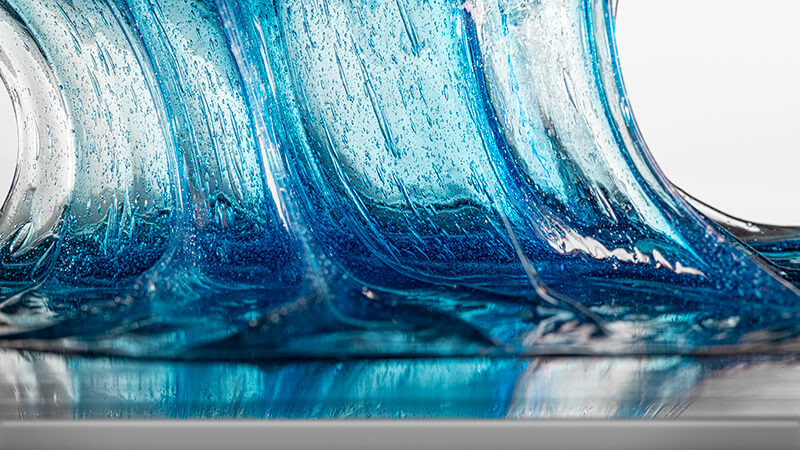- Additives
- Instruments

In numerous coating and plastics applications, the condition of interfaces is a significant influencing variable for the efficiency in the final application. Among others, interfaces are developed where solids and liquids or different solid structures meet. This is the case, for example, when applying a coating to a substrate or incorporating fillers and reinforcement materials in a plastic composite. A multitude of molecular and physical forces then determine how strong the bond is between these phases.
The objective of adhesion promoters and coupling agents is to create as many stable additional bonds on these phases. Depending on the mechanism of action and the application area, also conceptually, it is not always possible to differentiate the additives from one another. We hear the terms adhesion promoters, couplers, coupling agents or modifiers, and it seems like the same additive could be used for different applications. A coupling agent for the mechanical improvement of a synthetic composite can, for example, in some cases as well be used as an adhesion promoter between a coating and the substrate.
Irrespective of the definition, these additives can positively influence the adhesion of coatings on aged paintwork, the tolerance towards of surface impurities, and the resistance to moisture and corrosion. In plastic applications, by improving the mechanical bonding, compounding is facilitated and the mechanical strength increased.
If you delete your search history, all your previous searches will be deleted permanently.